A variety of building stones are popular stones used to build everything from simple homes to our most iconic buildings.
As a building material, stone requires almost no processing and is so durable that stone structures built thousands of years ago are still in use, something that contemporary “green” products cannot match.
However, stone has been largely ignored by the green building movement, and temporary products made from recycled plastic are often labeled green.
To be sure, stone has major environmental impacts, but they may not be as large as one might think, and the stone industry has made significant efforts toward sustainability.
These ancient building materials may be more important than ever in today’s green building industry.

Unlike crushed stone or aggregate, dimensional stone is a processed stone that can be used as flooring, exterior cladding, solid surfaces and walls, as well as in landscaping and many other applications.
According to the United States Geological Survey, of the 1.88 million tons (1.71 million tons) of dimensional stone produced in the United States in 2011, the construction industry accounted for 808,400 tons (735,000 tons) (compared to 95.6 million tons) of steel produced in Used in 2011. million tons of raw materials and 19.1 million tons of construction steel).
Imports from Brazil, China, India, Italy and other countries make up about half of the total US supply, according to industry sources.
However, the data on rocks are only estimates based primarily on voluntary industry feedback or derived from OSHA records and other sources.
The truth is that the stone industry does not track data very well, especially since stone is difficult to track.
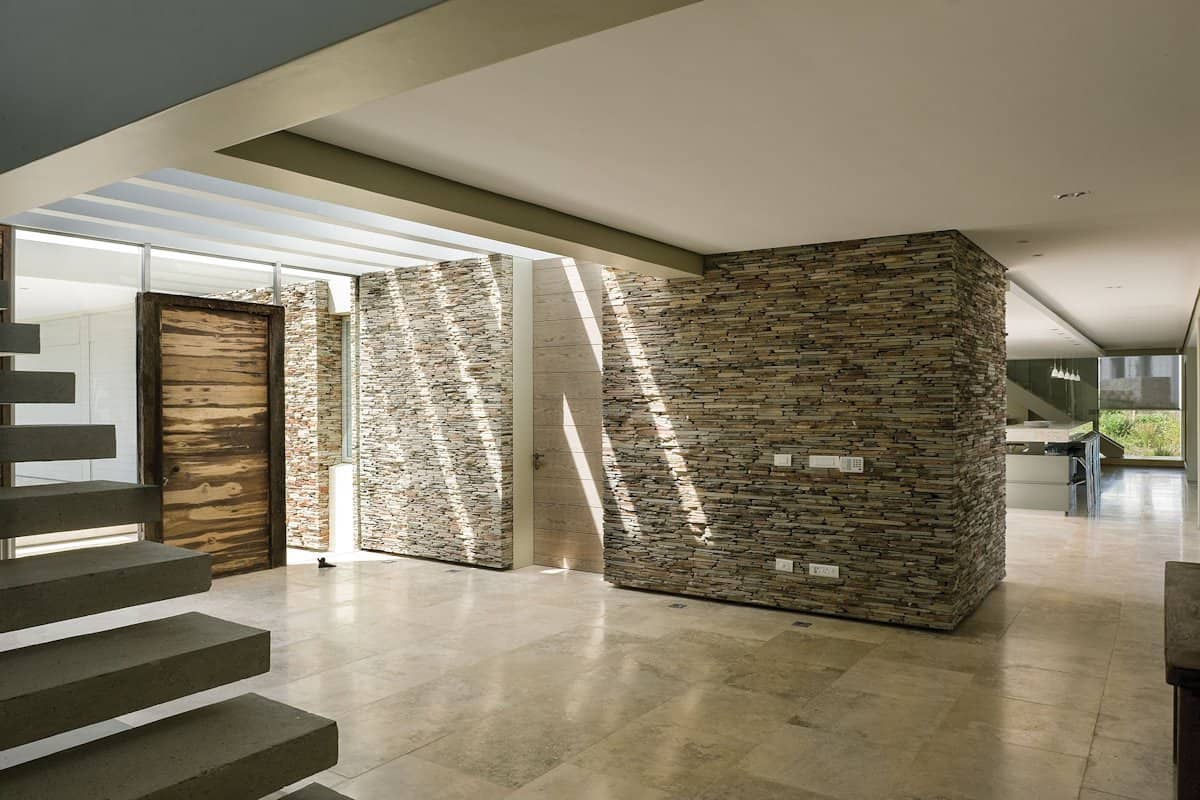
The chemical composition and production and sales data of other manufactured building products are monitored and collected by manufacturers and industry associations, which are then used to obtain green certificates as a marketing tool for the green building community.
On the other hand, many mines are old husband-and-wife operations that have mined for decades, with little marketing and trade group representation.
Because imported and domestic stones are often shipped around the world as a commodity to be cut and processed elsewhere, it is nearly impossible to trace the route some gemstones take to market.
Due to the lack of primary data, the stone industry is unable to provide clear indicators and third-party documentation as the basis for green standards and certifications used by competing industries.
According to the mentioned ideas, natural building stones are among the common stones that are used for the construction of any building.
All kinds of rocks and stones
Over the centuries, builders and architects have used the many properties of natural stones or stones to decorate the interior and exterior of buildings.
This natural building material is a symbol of individuality, because according to its quality and appearance, unique surfaces can be designed.
In addition, natural stone buildings are particularly stable.
This raw material has wide applications in the protection of historical buildings and restoration, as well as in modern construction projects.
The most popular natural stones for construction are granite, marble, sandstone, porphyry, basalt, slate and limestone.
These materials are very different in terms of technical properties such as water absorption, compressive strength, heat storage capacity or frost resistance.

The appearance of the stone does not say anything about its quality: cheap and high-quality types look the same, but have completely different characteristics.
Harder stones like granite or basalt are better for outdoors, while softer materials like porphyry or marble are better for indoors.
Before a natural stone is put on the market, it must pass the suitability test according to German or European standards.
With a few exceptions, such as oil shale, all natural stones are classified as non-flammable according to building material class A, DIN 4102.
Which stone is suitable for which area depends on its composition and environmental requirements such as load and weather conditions.
A stonemason can treat the natural stone surface in different ways using different techniques.
Depending on whether the material is milled, cut, pointed, cut, milled or polished, new looks and aesthetics can be created.
All kinds of rocks and stones
Irregularities, color differences and the inclusion of other minerals create a unique stone that architects can combine with countless building materials such as steel, concrete or glass.
Wherever you go in this world, rocks are sure to abound.
Rocks are our solid foundation on Earth, without them our home would be a very different place.
But not all stones are created equal.
In fact, there are hundreds of different types of stones, each of which has its own unique characteristics and properties.
While it’s impossible to name every rock on Earth, you can impress your friends with your rock knowledge.
In this article, we will introduce you to 30 types of stones that you should know about.
From shiny obsidian to lapis lazuli, here are some of the most stunning types of stone on earth that you shouldn’t mistake for granite.
(Well, we promise, we’ll stop using rock puns.)
All kinds of rocks and stones
Stone building materials
Stone was one of our first building materials.
It is used to build everything from simple houses to the most iconic buildings.
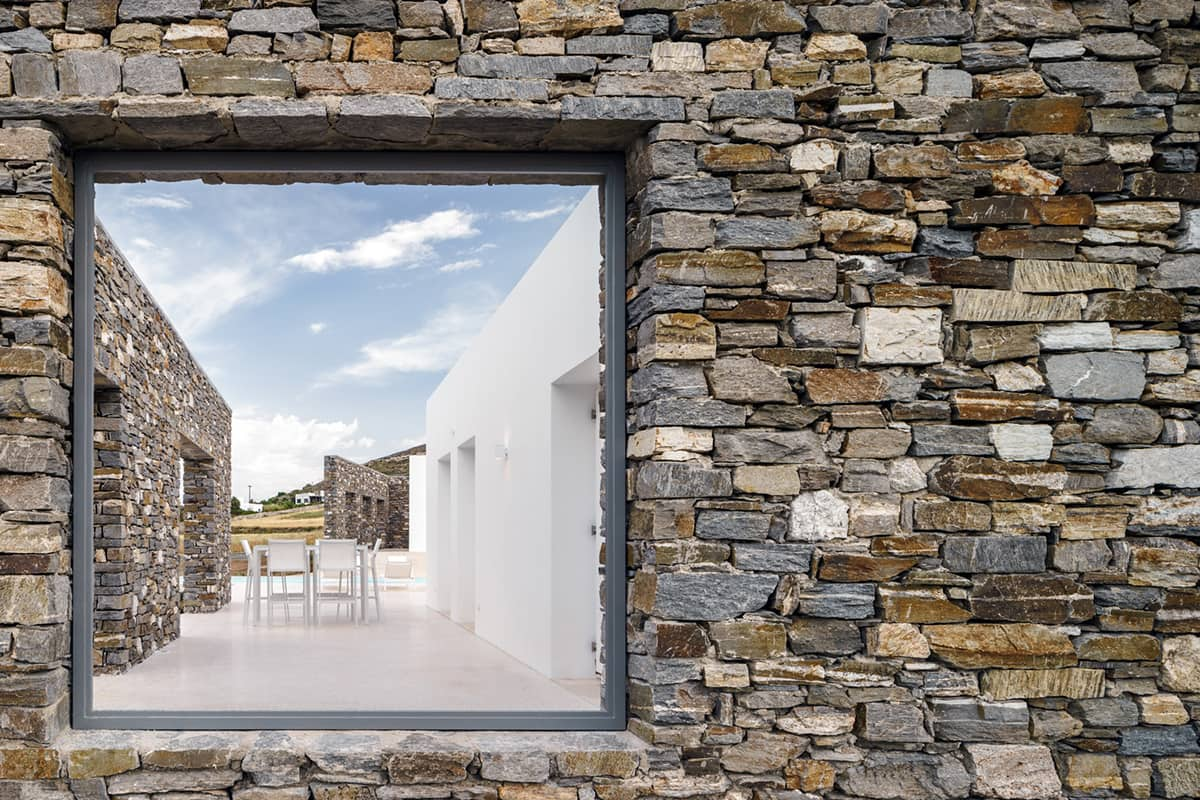
As a building material, stone requires almost no processing and is so durable that stone structures built thousands of years ago are still in use, something that contemporary “green” products cannot match.
However, stone has been largely ignored by the green building movement, and temporary products made from recycled plastic are often labeled green.
To be sure, stone has major environmental impacts, but they may not be as large as one might think, and the stone industry has made significant efforts toward sustainability.
These ancient building materials may be more important than ever in today’s green building industry.
Unlike crushed stone or aggregate, dimensional stone is a processed stone that can be used as flooring, exterior cladding, solid surfaces and walls, as well as in landscaping and many other applications.
According to the United States Geological Survey, of the 1.88 million tons (1.71 million tons) of dimensional stone produced in the United States in 2011, the construction industry accounted for 808,400 tons (735,000 tons) (compared to 95.6 million tons) of steel produced in Used in 2011. million tons of raw materials and 19.1 million tons of construction steel).
Imports from Brazil, China, India, Italy and other countries make up about half of the total US supply, according to industry sources.
However, the data on rocks are only estimates based primarily on voluntary industry feedback or derived from OSHA records and other sources.
The truth is that the stone industry does not track data very well, especially since stone is difficult to track.
The chemical composition and production and sales data of other manufactured building products are monitored and collected by manufacturers and industry associations, which are then used to obtain green certificates as a marketing tool for the green building community.
On the other hand, many mines are old husband-and-wife operations that have mined for decades, with little marketing and trade group representation.

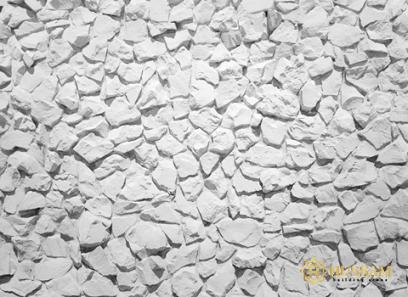

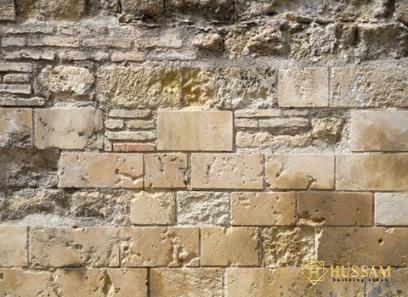
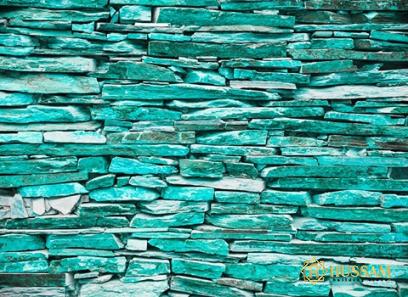

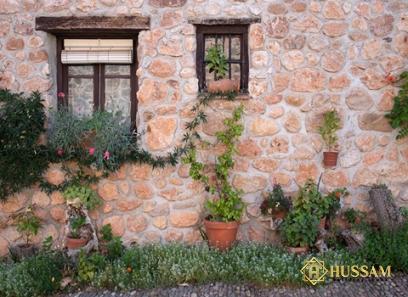
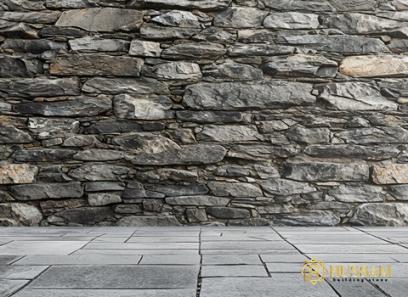
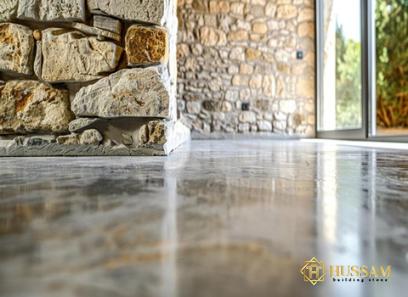
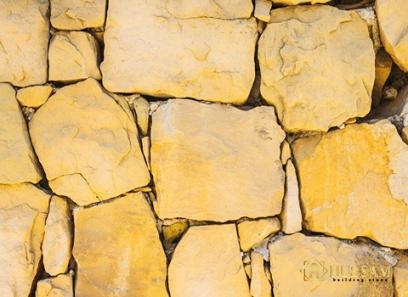
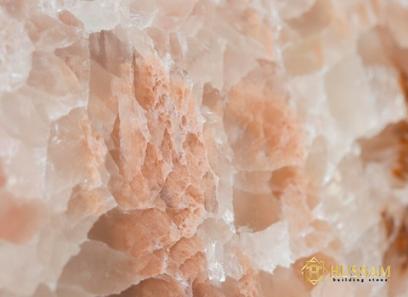
Your comment submitted.